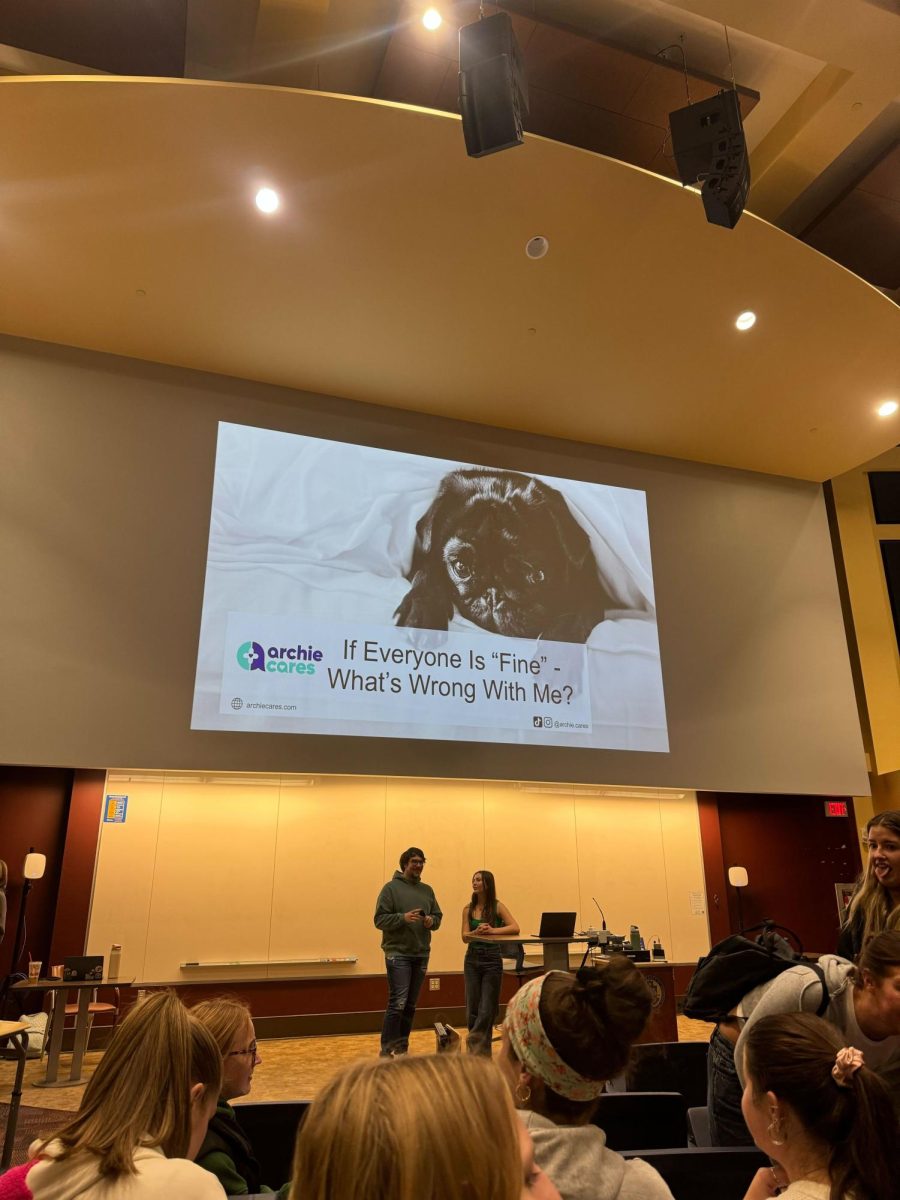A Pitt student’s guide to voting
Wu Caiyi | Senior Staff Photographer
Soldiers and Sailors Memorial Hall is one of the largest polling locations in Allegheny County.
October 19, 2020
Voters in Pennsylvania have the potential to decide the outcome of one of the most important swing states in the country. With deadlines quickly approaching, it’s helpful to know exactly how to make your vote count.
Today is the last day to register to vote in the upcoming Nov. 3 general election. On election day this year, voters decide who will be their next president, as well as represent them in other federal, state and local political offices.
Voters can register in a number of ways, such as on Pitt Votes’ TurboVotes website, or through Pennsylvania’s official voter registration site. If you’re unsure whether or not you’re already registered, be sure to check your current registration status.
Voters must go to the polling location that matches the address where they registered. Voters living on-campus can find out which polling place corresponds with their dorm here. If a student is registered off campus, they can use this poll locator to find out where to vote.
For voters who want to avoid voting in-person, mail-in ballots are also an option. In order to get a mail-in or absentee ballot, the county elections office must receive the application by 5 p.m. on Oct. 27.
With a record amount of people voting by mail this election, the time it takes for mail-in ballots to arrive to both the voter and back to the county elections office has varied, so voters are encouraged to fill out and send in their ballots early.
Michelle Furmansky, a sophomore economics and politics and philosophy dual major, said she applied for her absentee ballot in late September, but has yet to receive it.
“I applied for a mail-in ballot, I got confirmation for it and I got confirmation that it had been mailed to me, but it’s been over two weeks and I haven’t seen it yet,” Furmansky said.
In order for mail-in ballots to be counted, they must be postmarked by 8 p.m. on Nov. 3 and received by the county elections office by 5 p.m. on Friday, Nov. 6.
The United States Postal Service recommends mailing in ballots at least a week before the state’s ballot receipt deadline. Alternatively, ballots can be dropped off directly at the county elections office. Allegheny County’s elections office can be found Downtown at 542 Forbes Ave.
Once you’ve requested and received your ballot, you should get right to filling it out and shipping it back out. There should be an instruction sheet included with your ballot — officials have said voters must be cautious and follow these instructions carefully, as there are several ways someone could trip up when filling it out and get their vote discarded.
The most important and probably easiest way to slip up as a Pennsylvania mail-in voter is to accidentally submit what has been dubbed a “naked ballot.” No, it’s not as sexy as it might sound. The state Supreme Court recently ruled that in order for a mail-in ballot to be counted, it must be sealed in the provided “secrecy envelope,” which is then placed inside the normal ballot envelope. Voters can avoid a naked ballot as long as they follow the included instructions double-envelope their ballots.
Another less straightforward hitch to look out for is signatures. Voter signatures on their ballots must match the one submitted as part of their voter registration in order to count. Unfortunately, there isn’t an easy way to check what the registered signature looks like, unless you can remember what document you used for your registration, such as a drivers licence. The Pennsylvania Supreme Court is in the process of deciding whether or not ballots will be thrown out because of mismatched signatures.
Pennsylvania is an incredibly important swing state, so lawmakers want to be sure the electorate can trust the vote. But the Trump campaign and the state Republican Party have been pushing lawsuits through state courts claiming that strict measures are necessary to counter voter fraud while failing to actually show any evidence of fraud.
Jessie Allen, an associate law professor at Pitt who specializes in civil rights, said measures such as secrecy envelopes and signature verification can end up disenfranchising some voters.
“I hesitate to call it intentional voter suppression, but they are limits that were set, at least arguably, to protect the integrity of voting, but that are likely to disenfranchise some people, for not good reasons,” Allen said. “It’s unreasonably complicated, frankly.”
As long as voters follow the instructions included with their ballots very carefully, they should be able to avoid their vote being thrown out. The state has also prepared a video to help educate voters about how to complete a mail-in ballot. You can also visit this site to track the status of your mail-in ballot.
For those planning to vote in-person on election day, make sure to bring a form of ID if you’re a first-time voter. It doesn’t have to be a photo ID — something like a pay stub or utility bill will also work in Pennsylvania.
All polling places will be open from 7 a.m. to 8 p.m. As long as you are standing in line to vote by 8 p.m., poll workers must allow you to cast your ballot before closing the polls. It is recommended that voters arrive at polling places as early in the day as possible, as lines could be longer this year.
Blithe Runsdorf, the judge of elections at Soldiers and Sailors Memorial Hall, said she is unsure of just how many people will show up to vote in person.
“I don’t know how many people to anticipate. I don’t know if my register book is going to look different,” Runsdorf said. “I’m counting on my numbers to be around 2,000 to 2,500 students, with maybe 300 to 400 additional voters.”
Runsdorf said her poll workers will wear face shields, masks and gloves, and lines will also be marked off with painter’s tape to ensure physical distancing. On-campus polling places like the William Pitt Union will abide by all of Pitt’s health and safety guidelines, as well.
If voters encounter any problems preventing them from voting at the polls, they can call the Pennsylvania Department of State at 877-868-3772. There is also a nonpartisan voter protection hotline available at 866-OUR-VOTE.




